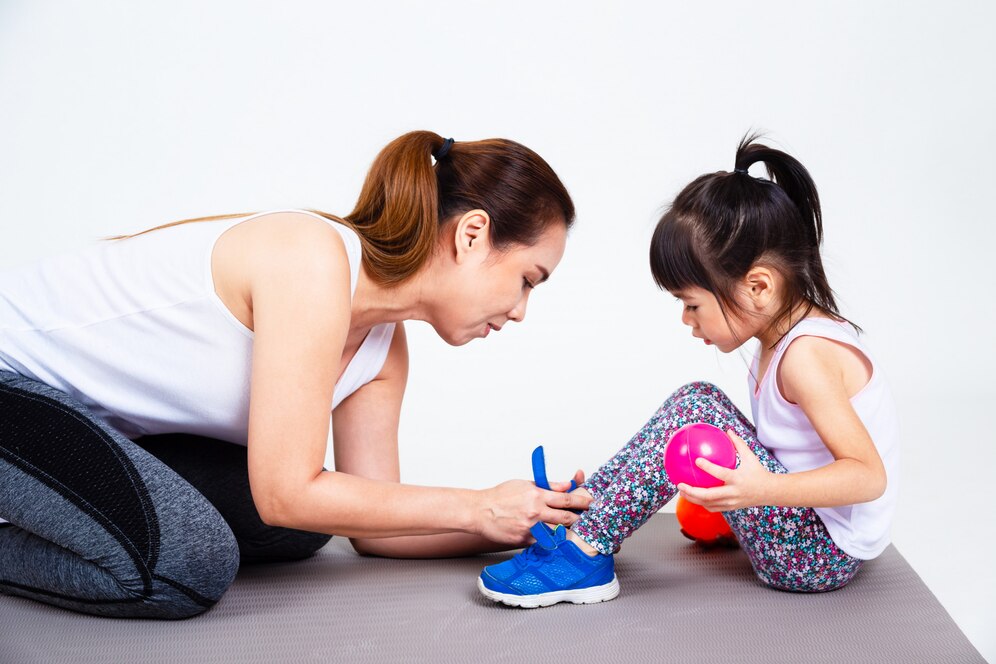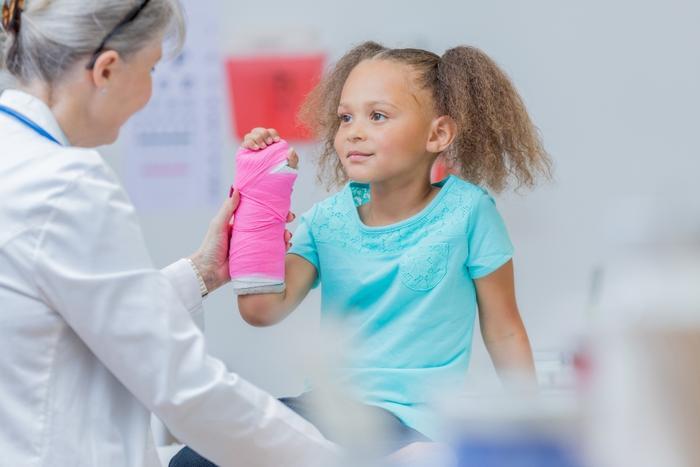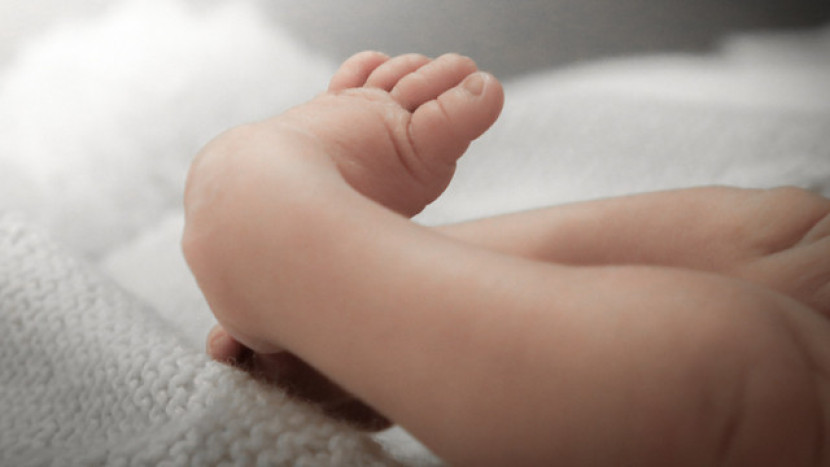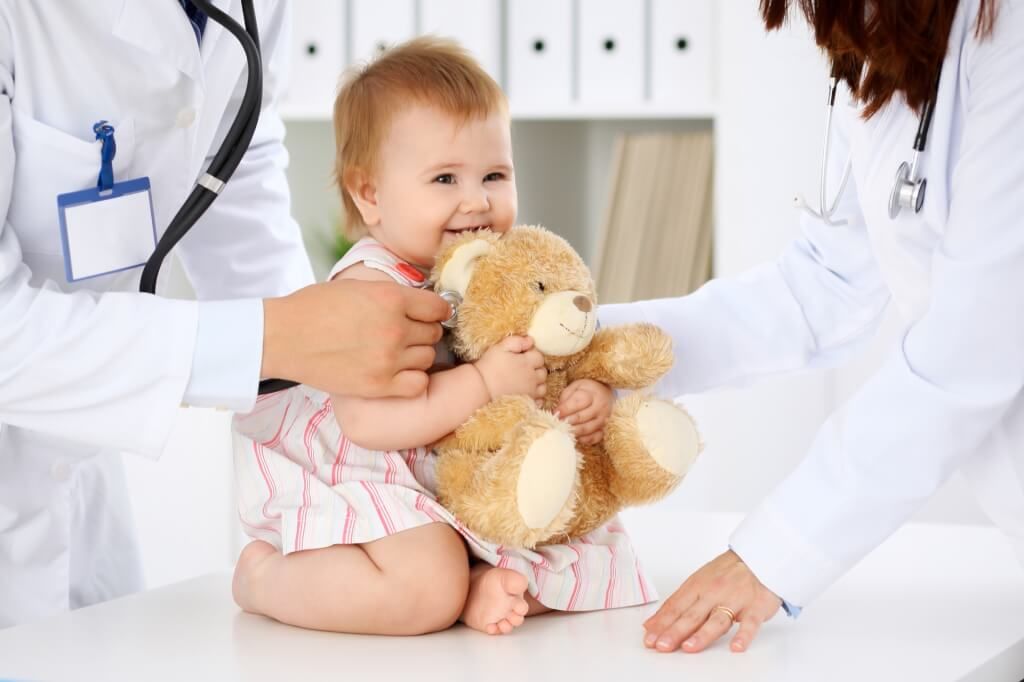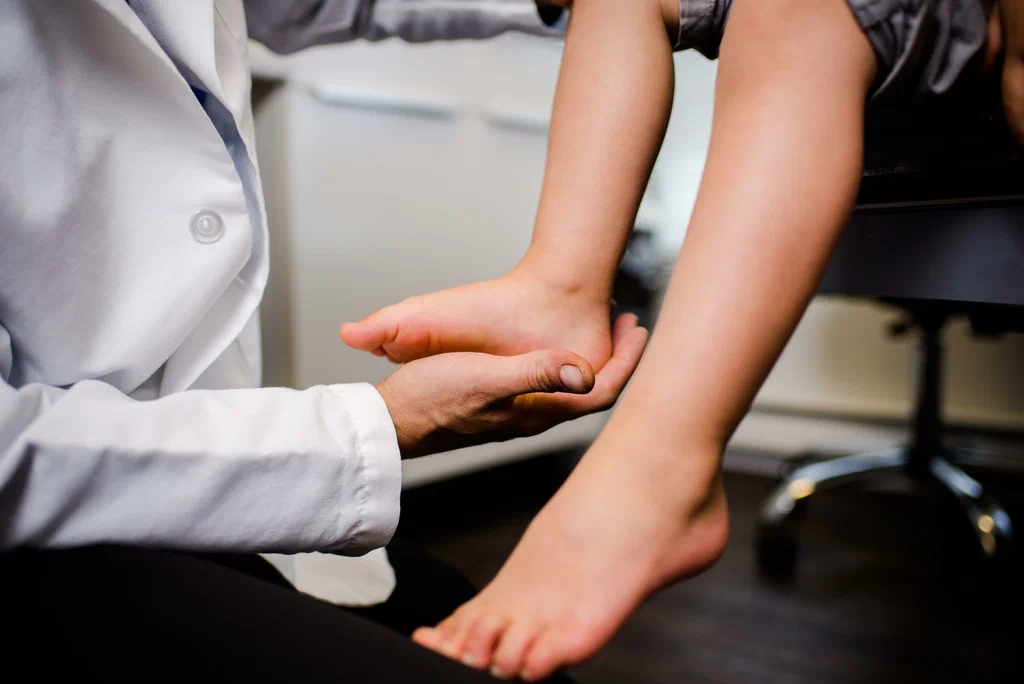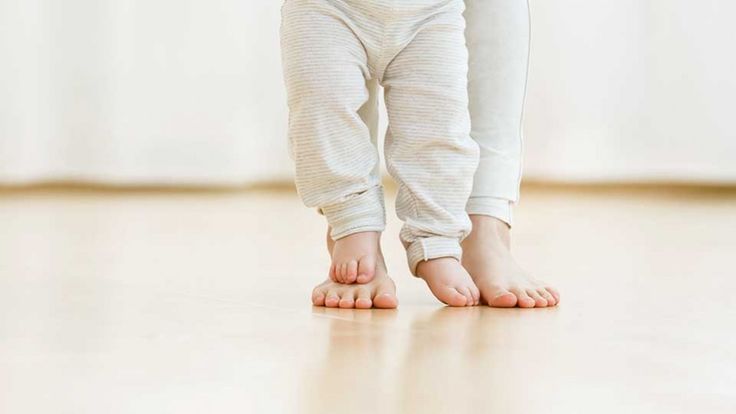Trust is important when it comes to your child\’s bone and joint health. One of the top pediatric orthopedic surgeons in India, Dr. Sameer Desai provides specialist treatment for a variety of childhood bone, joint, and muscle disorders. His kind, knowledgeable approach to pediatric orthopedic care promotes children\’s pain-free, active, and healthy lifestyles. The problems that Dr. Sameer Desai specializes in and the newest therapies he offers to cure them are listed below. 1. Kids\’ Bone Health Proper bone development is crucial in childhood, as it sets the foundation for a child’s future mobility. Dr. Sameer Desai provides expert diagnosis and treatment for any bone-related issues, ensuring proper growth and strength. His approach to treating bone conditions takes into account the age, growth stage, and overall health of the child to ensure the best possible outcomes. 2. Kids\’ Fractures Children are often active and prone to injuries, including fractures. Dr. Desai offers comprehensive fracture care, from simple breaks to more complex fractures. He uses advanced techniques to ensure bones heal correctly, minimizing the risk of long-term complications. His goal is to help children recover quickly so they can return to their active lifestyles. 3. Kids\’ Deformities Limb deformities can significantly affect a child\’s mobility and self-esteem. Dr. Sameer Desai specializes in diagnosing and treating various congenital and acquired deformities, such as limb-length discrepancies or rotational deformities. Through non-surgical methods, such as braces, or surgical corrections, Dr. Desai ensures children lead an active life without the limitations caused by deformities. 4. Bone Infections Bone infections (osteomyelitis) can be serious, leading to chronic issues if not treated promptly. Dr. Desai has vast experience in managing bone infections in children, using a combination of antibiotics, surgery, and follow-up care to ensure the infection is eradicated and the bone is allowed to heal properly. 5. Knee Deformity Conditions like knock knees or bow legs affect children’s knees, potentially causing discomfort and long-term mobility issues. Dr. Desai is an expert in diagnosing and treating knee deformities. He uses advanced techniques like guided growth and other non-invasive treatments to realign the knee, allowing the child to develop a normal walking pattern and avoid future complications. 6. Foot Deformity Foot deformities like clubfoot, flat feet, or other congenital abnormalities are common among children. Dr. Desai utilizes the Ponseti method for treating clubfoot, along with other corrective measures for different foot deformities. His treatment options are designed to restore function, improve appearance, and ensure that children are able to walk comfortably. 7. Flat Feet Flat feet, a common condition in children, can cause discomfort and difficulty walking. In many cases, it can lead to other orthopedic issues. Dr. Desai provides effective treatment, including customized orthotics and exercises, to help children with flat feet walk without pain or discomfort. 8. Clubfoot Clubfoot is a congenital condition where a child\’s foot is twisted. Dr. Sameer Desai expertly treats it using the Ponseti method, which involves gentle manipulation and casting. In severe cases, surgery may be needed to correct the deformity, ensuring a functional, pain-free foot for your child. 9. Intoe Gait Intoe gait is a condition where a child walks with their feet pointing inward. It can cause discomfort and lead to further orthopedic problems if left untreated. Dr. Sameer Desai specializes in diagnosing and treating intoe gait through various therapies, braces, and surgical interventions if necessary. His treatments help children walk more naturally, improving posture and mobility. 10. Cerebral Palsy Cerebral palsy (CP) can cause developmental delays and difficulty with movement. Dr. Desai takes a multidisciplinary approach to treating children with cerebral palsy, offering physiotherapy, occupational therapy, and surgical interventions when necessary to improve mobility, muscle control, and overall quality of life. His treatments aim to maximize a child’s independence and comfort. 11. Walking Difficulty Walking difficulty in children can arise from various conditions, such as muscle weakness, neurological issues, or bone deformities. Dr. Desai carefully assesses the root cause of walking difficulties and provides targeted treatments, such as physical therapy, bracing, and surgery, to help children regain mobility and independence. 12. Knock Knees Knock knees (genu valgum) is a condition where a child’s knees bend inward, causing difficulty with walking and discomfort. Dr. Sameer Desai specializes in diagnosing and treating knock knees, offering solutions that include bracing and surgical procedures if needed. His goal is to correct the knee alignment, allowing children to walk without pain and with proper posture. 13. Bow Legs Bow legs (genu varum) are a condition where a child’s legs bow outward. This can cause difficulties with walking and posture. Dr. Desai provides both non-surgical and surgical treatment options to correct bow legs, ensuring that the child grows into a healthy, functional body. 14. Trigger Thumb Trigger thumb is a condition where the thumb gets stuck in a bent position, causing pain and limited mobility. Dr. Sameer Desai offers effective treatments for trigger thumb, including splinting, physical therapy, and surgery when required, ensuring that children regain normal thumb movement. 15. Scissoring Treatment Scissoring occurs when a child’s legs cross over each other due to muscle tightness, often seen in children with cerebral palsy. Dr. Desai treats scissoring through a combination of physical therapy and surgery to reduce muscle tightness and improve leg movement, helping children achieve better mobility. Why Choose Dr. Sameer Desai? Because of his proficiency in treating a variety of ailments, Dr. Sameer Desai is regarded as one of India\’s top pediatric orthopedic surgeons. He ensures the greatest results for your child by combining advanced medical techniques with a caring attitude. Parents looking for the best care for their kids should trust Dr. Desai because of his abilities to handle both simple and complicated orthopedic disorders. Conclusion Dr. Sameer Desai’s specialization in pediatric orthopedics offers solutions for a wide array of bone, joint, and muscle conditions. Whether your child is dealing with a minor injury or a complex congenital deformity, Dr. Desai provides effective treatments that promote healing, restore mobility, and ensure long-term health. With his extensive experience, best care, and

